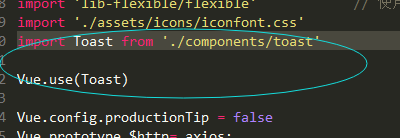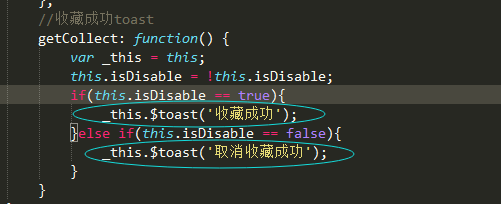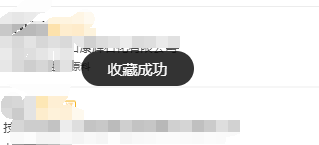首先在components新建组件文件夹

随后在toast.vue中写入弹框样式
<template>
<transition name="demo">
<div class="toast" v-show="theToast">
{{msg}}
</div>
</transition>
</template>
<script>
export default {
data() {
return {
theToast: false,
msg: ""
};
}
};
</script>
<style lang="less" scoped>
.toast {
position: fixed;
top: 40%;
left: 50%;
margin-left: -15vw;
padding: 2vw;
30vw;
font-size: 4vw;
color: #fff;
text-align: center;
background-color: rgba(0, 0, 0, 0.8);
border-radius: 5vw;
z-index: 999;
}
.demo-enter-active,
.demo-leave-active {
transition: 0.3s ease-out;
}
.demo-enter {
opacity: 0;
transform: scale(1.2);
}
.demo-leave-to {
opacity: 0;
transform: scale(0.8);
}
</style>
随后在index.js中写下核心js部分
import ToastComponent from './toast.vue'// 引入先前写好的vue
const Toast = {};
// 注册Toast
Toast.install = function (Vue) {
// 生成一个Vue的子类
const ToastConstructor = Vue.extend(ToastComponent)
// 生成一个该子类的实例
const instance = new ToastConstructor();
// 将这个实例挂载在我创建的div上
// 并将此div加入全局挂载点内部
instance.$mount(document.createElement('div'))
document.body.appendChild(instance.$el)
// 通过Vue的原型注册一个方法
// 让所有实例共享这个方法
// 其中的duration是持续时间
Vue.prototype.$toast = (msg, duration = 1250) => {
instance.msg = msg;
instance.theToast = true;
setTimeout(() => {
instance.theToast = false;
}, duration);
}
}
export default Toast
随后在main.js之中注册

之后就可以直接使用了

使用this.$toast调用
实现效果:
